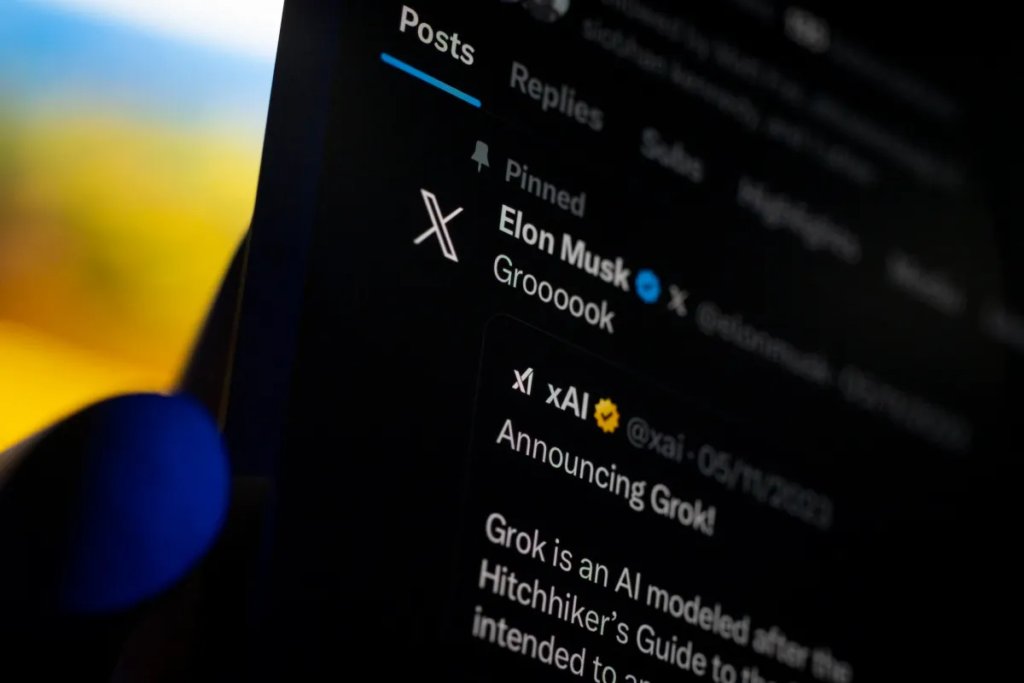Elon Musk has merged his artificial intelligence startup xAI with the social media platform X, formerly known as Twitter, in a deal that underscores his strategy to unify his ventures under a singular vision. The all-stock transaction values xAI at 80 billion dollars and X at 33 billion dollars, excluding 12 billion dollars in debt. Through this strategic transition, Musk demonstrates his intention to blend real-time X platform data from its 600 million users with xAI’s excellent AI models, including Grok, the chatbot, in order to spur artificial general intelligence advancements.
Strategic Synergies and the Musk Ecosystem
Analysts have identified a natural convergence between Musk’s companies after the merger was completed. XAI and X had previously exchanged personnel and information, which operates extensively within the social media platform. Musk described the business agreement as a method to integrate essential components of “data, models, compute, distribution, and talent,” which establishes X as an essential training platform for AI systems. According to investors such as Ron Baron of Baron Capital, each new product developed by Musk intensifies the potential of all other ventures in his portfolio, from Tesla and SpaceX to Neuralink and the recently merged xAI-X.
The network of interconnected companies uses mutual infrastructure, which includes Tesla’s autonomous driving data and SpaceX’s satellite networks, to increase expansion rates. Major investment firms such as Sequoia Capital, together with Saudi Arabia’s Public Investment Fund and Andreessen Horowitz, have invested in Musk’s companies because they anticipate substantial future gains instead of fast profits. Deepwater Asset Management’s Gene Munster compared this investment approach to Tesla stock because investors are buying at an 80 times earnings ratio based on hopes for autonomous driving technology.

Valuation Controversies and Investor Sentiment
Critics analyzed the valuation of 80 billion dollars assigned to xAI because it showed minimal revenue, while X received a 33 billion dollar price tag. X suffered from financial instability following its acquisition by Musk at a purchase price of 44 billion dollars in 2022. The stock value of X witnessed single-digit price appreciation after the Trump administration aligned with Musk, along with rising interest from advertisers. Through the merger, X investors gain the ability to exchange their company stocks for xAI shares based on their belief that AI technologies will outpace the social media stagnation at X.
According to Yoni Rechtman from Slow Venture, Musk maintains such strong control over investors that they stay loyal because of his initiative. Investors look at Musk’s activities as a doorway to special opportunities since SpaceX tenders are unavailable to standard public market access.
Risks: Legal Battles, Regulation, and Musk’s Divided Focus
The merger faces significant headwinds. The SEC filed a lawsuit against X after accusing Musk of providing misleading statements to investors at the time of his initial Twitter acquisition. Ireland’s Data Protection Commission launched GDPR investigations against X because the platform automatically allowed users to participate in AI training data sharing.
The unclear regulatory framework of AI across Europe and California creates extra operational obstacles. New proposed regulations would introduce demanding monitoring systems for high-risk AI applications, thus creating difficulty for xAI in expanding its business operations. The excessive responsibilities of Tesla and SpaceX, along with Trump’s administration duties, create doubts related to his dedicated executive attention. There exists shareholder discontent at Tesla regarding Musk’s preference to engage in political campaigns rather than concentrate on shareholders’ interests.
The Road Ahead for xAI and X
The merger turns X into a vast data reservoir for xAI, which provides exceptional access to user content for training AI models. Experts believe that Grok will integrate deeper with integration possibilities, including AI content moderation systems and personalized user interface features, yet this could lead to more privacy controversies.

Under Musk’s business model, investors see his strategy, which combines substantial risks alongside promising strategic returns. Supporters claim the transaction follows Musk’s established pattern of using fraudulent investment strategies to support cosmic innovation projects, even though critics view it as a scam. The xAI-X merger’s continued success depends on Musk and his ability to provide technological breakthroughs to investors, as well as his ability to maintain support despite challenges.
Musk’s empire continues to have an audacious vision combined with relentless ambition, through which present-day controversies can develop into future innovative capabilities. The future positioning of this AI merger as either industrial success or regulatory failure depends entirely on how well Musk handles constraints across his varied business ventures.





